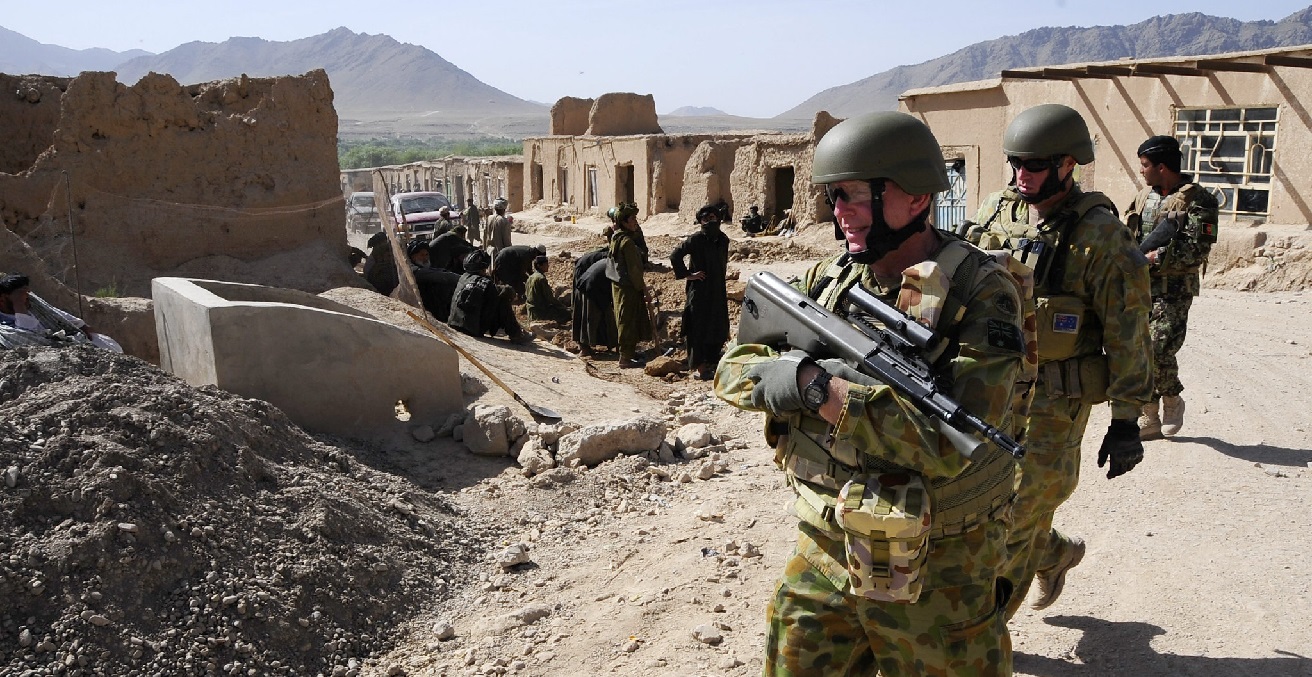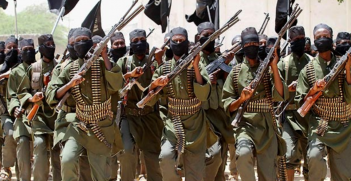US Initiatives to Restart the Afghan Peace Process

The US has become frustrated with the stalled Intra-Afghan peace negotiations. Whether the Taliban are committed to this agreement, and willing to seriously negotiate a political settlement involving Afghan-side demands, including specified electoral, constitutional, and judicial processes and human rights obligations, is unknown.
US Secretary of State Antony Blinken wrote to Afghanistan President Ashraf Ghani in early March advising and urging initiatives to reach a roadmap for a political settlement and ceasefire with the Taliban by 1 May.
Under the February 2020 US-Taliban peace agreement, all US, NATO, and other, including Australian, forces are scheduled to withdraw from Afghanistan by 1 May, subject to conditions applicable to both parties. These conditions include the Taliban formally severing its relationship with and support to al Qaeda and other terrorist groups, and implicitly, reducing its level of violence. The Taliban has not only ignored these conditions but significantly increased the level of violence, inclusive of joint operations with al Qaeda against Afghan forces.
In the absence of knowing the Taliban’s intent, the US and NATO currently have three basic withdrawal options: to withdraw their forces on 1 May in the absence of any Taliban political or peace commitment, or keep their forces in Afghanistan, with or without Taliban agreement. Blinken made it clear in his letter to Ghani that all options were open.
Concerns about the first two options are that the Taliban could use the excuse of a lapsed deadline and breached agreement to launch an intensive civil war and pursue political and territorial gains through the battlefield. Some believe this is what the Taliban want, as it could then negotiate any final settlement more forcefully on their terms.
However, if committed to a peace process, the Taliban, potentially, could agree to the retention of some US or NATO forces in an interim counter-terrorist role, specifically one that targeted the IS-K – a mutual adversary – where negotiating an “acceptable” agreement unavoidably stretched beyond the 1 May deadline.
The Afghan government is strenuously opposed to the first option and want the US and NATO to remain. They claim they are not ready politically nor have the independent security capability to effectively withstand any sustained, intensified Taliban offensive. But they have given no timing as to when they foresee being ready. The second and especially third options would provide more time.
Realistically, the Afghan side are not yet ready to go it alone, nor will they be by 1 May. The US and NATO are expected to defer their withdrawal date, but the tone of Blinken’s letter reflects impatience, and the timing of any deferral will be finite, not infinite.
The letter also presses Ghani to rectify differences on the Afghan side to ensure political unity and inclusiveness in dealings with the Taliban, and accelerate “constructive” dialogue with them on constitutional, governance, and other key issues, drawing on related position papers previously provided to both the government and Taliban by the US.
Blinken refers to two other initiatives in his letter to accelerate the peace process. The first is the intention to ask the UN to convene a meeting of the foreign ministers of the US, Russia, China, Pakistan, Iran, and India to “discuss a unified approach to supporting peace in Afghanistan….as these countries share an abiding common interest in a stable Afghanistan and must work together if we are to succeed.” No suggested timing was given for this meeting.
A more direct and comprehensive involvement by the UN and key regional stakeholders in Afghanistan’s future is both imperative and overdue. Simplistically, all six will be key players in shaping Afghanistan’s political, economic, and security future, and four will be especially influential in areas physically proximate to Afghanistan: Pakistan in the east, China in the northeast, Russia in the north, and Iran in the west.
These four have past relations with the Taliban, very close relations in Pakistan’s case. Balancing relations and influence between Taliban and non-Taliban groups will present its share of challenges. For Iran, this will present a very timely opportunity to demonstrate its willingness and ability to work closely with its neighbours and the US and Europeans on a peace process of mutual interest. China and India are also expected to be Afghanistan’s two major investors and trading partners and use Afghanistan for transit trade into the other Central Asian states.
The second initiative is for Turkey to host a senior level meeting of Afghan-side and Taliban delegates “in the coming weeks to finalise a peace agreement.” The hope is that Turkey, a respected Islamic state and major contributor of non-combat forces to the NATO presence, can broker an elusive ceasefire prior to the UN Foreign Ministers meeting.
One unexpected concurrent development has been Russia’s intention to host a three day meeting in Moscow of senior Afghan politicians, members of the Taliban leadership, and other key regional stakeholders on 18 March ahead of the proposed UN meeting. The purpose appears to be an independent move by Russia to complement other initiatives as well as demonstrate its commitment and capabilities as a peace broker.
While the Taliban’s intent remains unknown and US and NATO withdrawal options remain in play, there is significant and growing pressure by stakeholders on the Taliban to commit to a peace process by the 1 May deadline. It is difficult to see how the Taliban can avoid making that commitment, at least in principle.
Ian Dudgeon is a presidential associate of the AIIA and former ACT branch president.
This article is published under a Creative Commons License and may be republished with attribution.





